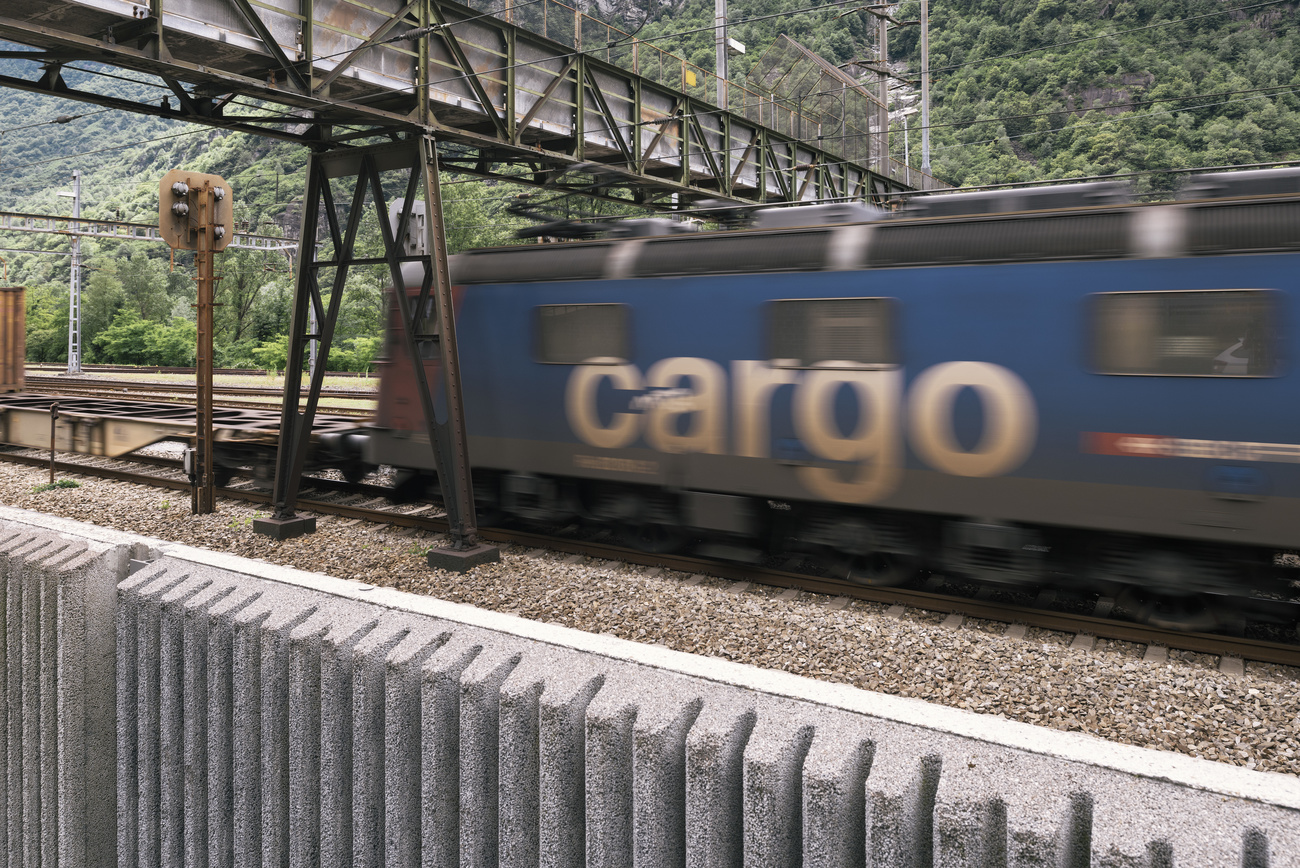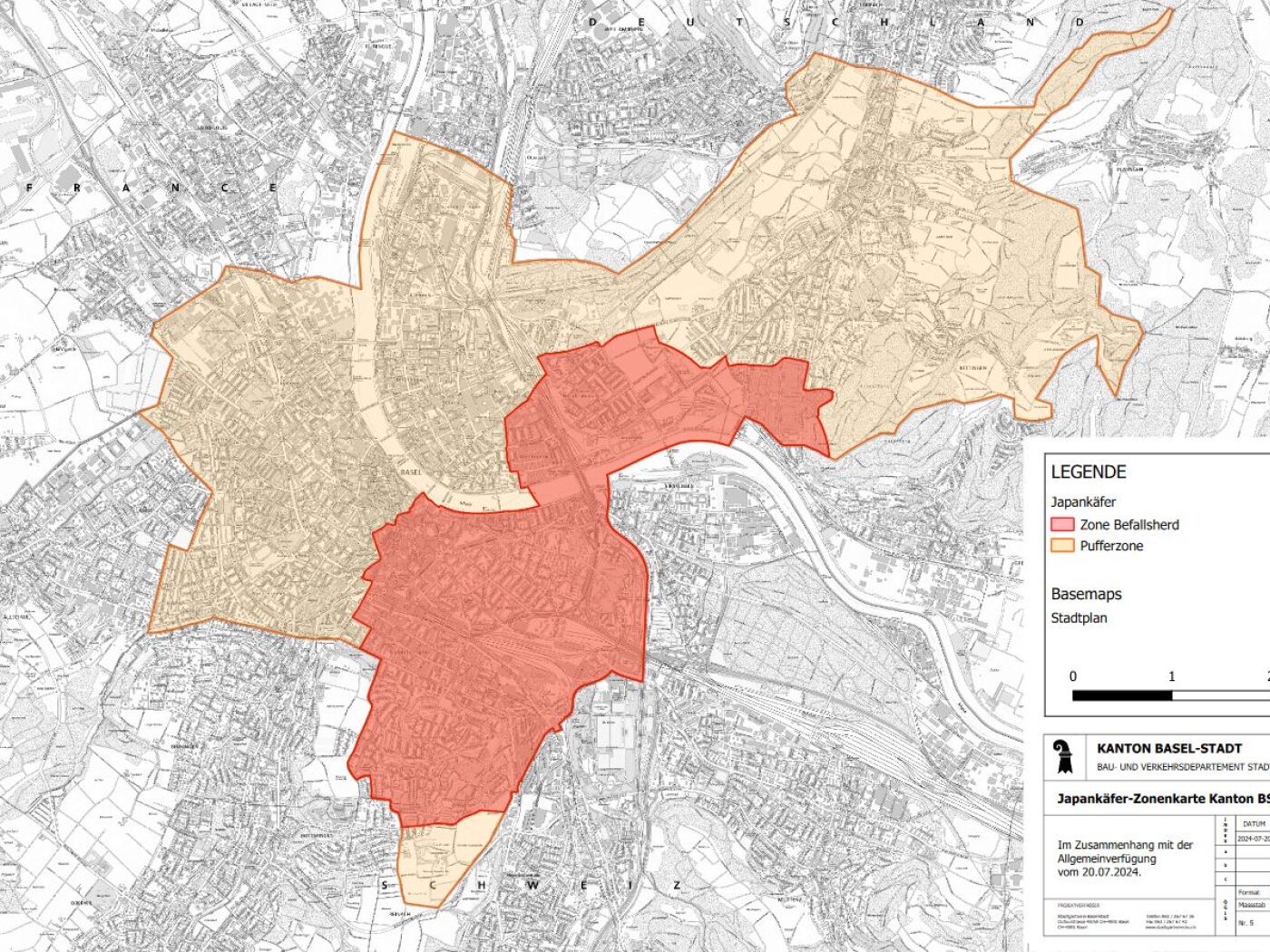Swiss government wants to boost rail and waterway freight

The governing Federal Council wants to spend more on rail and inland waterway freight transport to ensure supplies and reduce emissions.
On Wednesday, the government submitted a proposal to parliament to increase spending on improving domestic logistics.
Under current legislation, domestic and import/export rail freight must be self-financing. However, it is based on a method that requires major labour intervention. Convoys are made up of individual wagons or groups of wagons that have to be assembled and disassembled manually at regional collection points, marshalling yards and then at their destination.
This system, known as wagonload freight services (WFS), is currently operated exclusively by the cargo division of the Swiss Federal Railways. It plays the biggest role in domestic traffic, notes the government. However, it is currently not economically viable.
Following the lead of the European Union, the Federal Council wants to make use of automatic digital coupling, releasing a one-off sum of CHF180 million for this purpose. This will cover 30% to 40% of the costs. Wagons and locomotives throughout Europe are to be adapted to this new system by around 2033. In Switzerland, some 15,000 wagons and 520 locomotives will be affected.
The government proposals also budgets CHF260 million over four years to support the modernisation of the WFS for eight years, so that it can become self-financing in the medium term. A total of CHF60 million per year, without any time limit, has also been earmarked for transhipment and loading contributions.
Freight on the Rhine
The Federal Council also wants to strengthen navigation on the Rhine river by means of various promotional measures. Firstly, it wants to encourage fossil fuel-free propulsion. Secondly, it aims to improve logistical interaction between rail, ship and road. The government sees great potential in multimodal transhipment platforms that are close to centres and can be used by all stakeholders.
The government intends to compensate the additional costs in full, so that the decision does not overburden the federal budget. The plan is to use part of the revenue from the Heavy Vehicle Fee (HVF), which would otherwise be paid into the Rail Infrastructure Fund (RIF). The financing of rail infrastructure maintenance and development by the RIF remains guaranteed.
This news story has been written and carefully fact-checked by an external editorial team. At SWI swissinfo.ch we select the most relevant news for an international audience and use automatic translation tools such as DeepL to translate it into English. Providing you with automatically translated news gives us the time to write more in-depth articles. You can find them here.
If you want to know more about how we work, have a look here, and if you have feedback on this news story please write to english@swissinfo.ch.

In compliance with the JTI standards
More: SWI swissinfo.ch certified by the Journalism Trust Initiative


















You can find an overview of ongoing debates with our journalists here . Please join us!
If you want to start a conversation about a topic raised in this article or want to report factual errors, email us at english@swissinfo.ch.